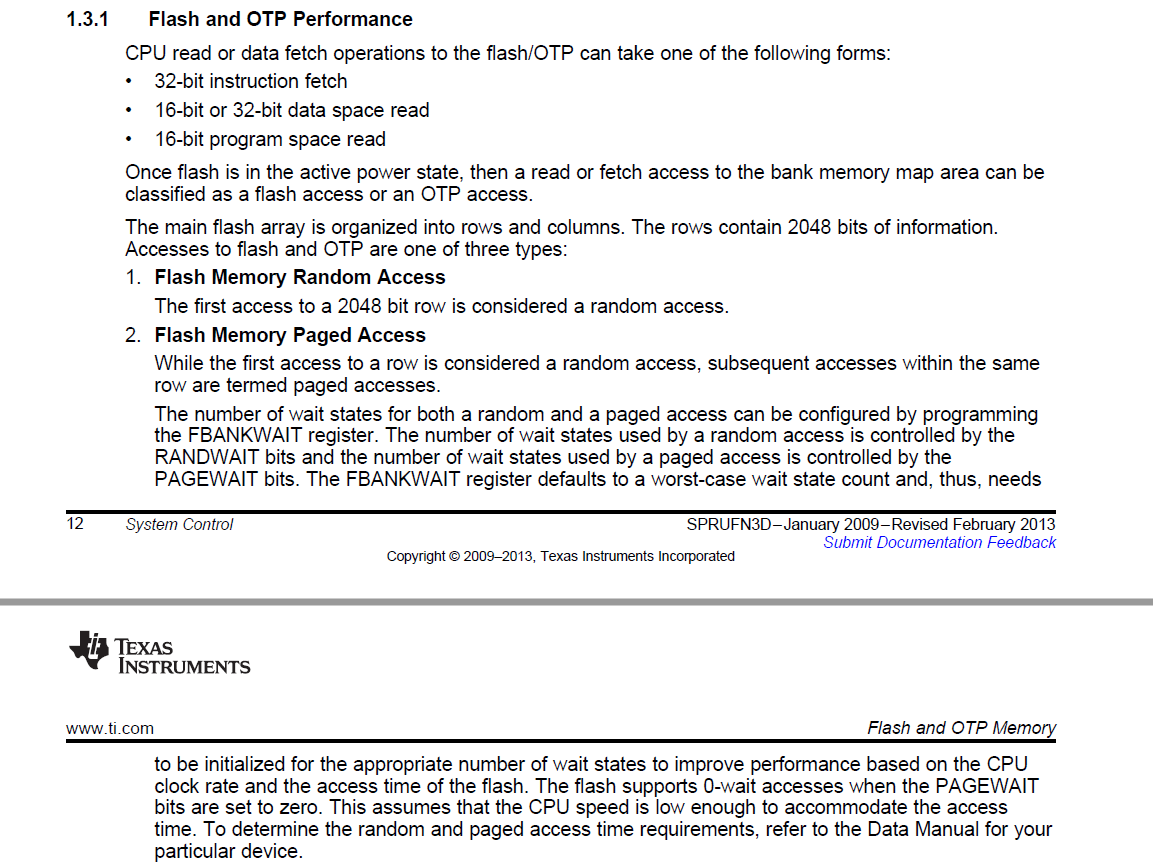Hello,
Could you please advise about debug technique or issue mechanism ?
Or, is it possible to compare their good & bad disassembly for us ?
Me and my customer is debugging a C2000 power supply. A constant current source.
The symptom is a spiked noise on the current output.
Part#:
TMS320F28027.
We found:
- The output current was converted by the ADC and its reading also had spikes. +-100LSB.
- The phenomenon appears & disappears by changing function start addresses. NOPs were inserted into a C function.
- Good source + 1 nop = result good.
- Good source + 2 nop = result good.
- Good source + 3 nop = result NO GOOD.
- Good source + 4 nop = result good.
- NO GOOD source + 1 nop = result good.
Inconclusive:
- Disassembly inspection. Program flow changes in some funcion, but its detail has not concluded. None of clear findings.
- Other CCS ver. Now CCS5.5 = compiler v6.2.0.
-
Ask a related question
What is a related question?A related question is a question created from another question. When the related question is created, it will be automatically linked to the original question.


